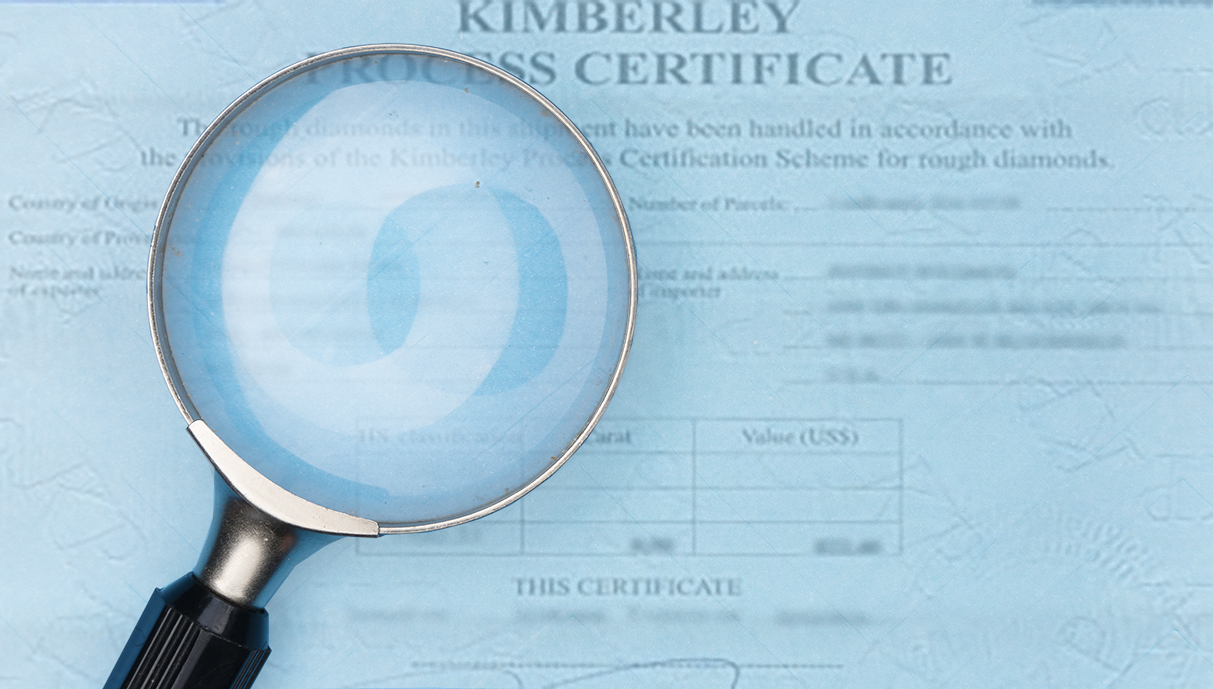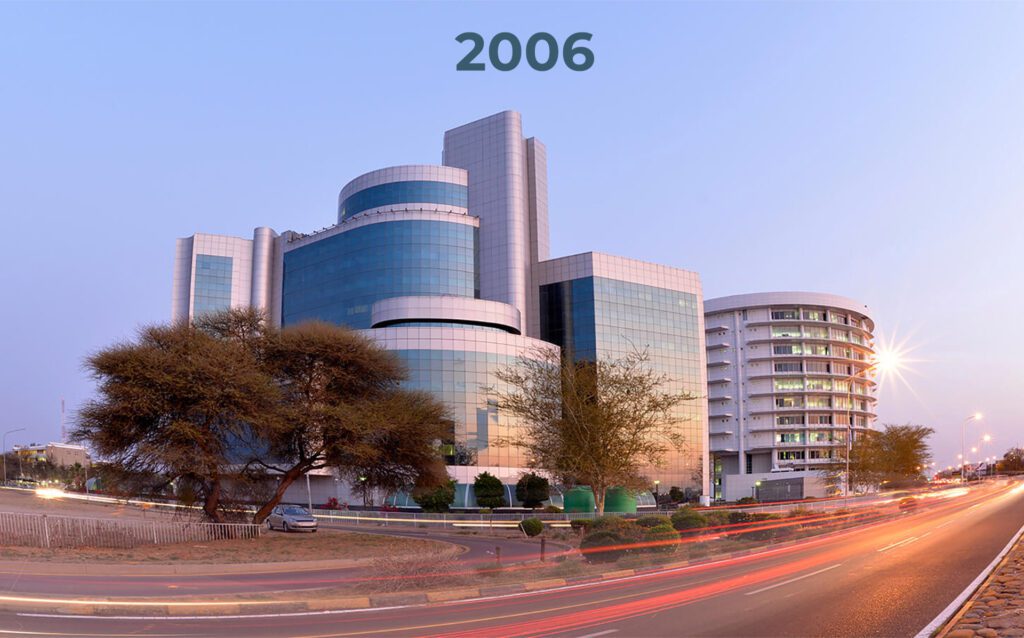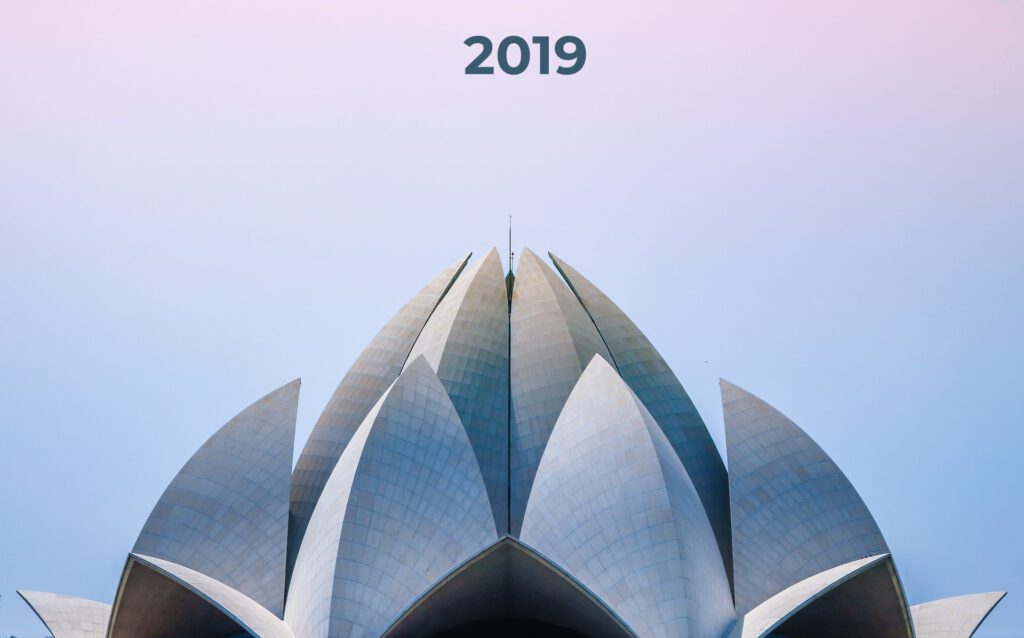Digging Down into the Kimberley Process:
The KPCS Peer Review System


By Steven Benson,
WDC Communications
As a mechanism designed to prevent the infiltration of conflict diamonds into the legitimate supply chain, the Kimberley Process Certification Scheme (KPCS) differs from most regulatory systems that are applied internationally. This is because it has been not implemented uniformly in each and every country, but rather according to laws or regulations that have been ratified separately by legislation or decree, usually at the national or federal level, or the regional level, as is the case in the European Union.
The Kimberley Process (KP) itself does not have legal authority, as does for example bodies like the United Nations or World Trade Organization, both of which have the ability to dictate certain terms to their members. This notable shortcoming is a primary justification for the KP’s often-criticized consensus decision-making system. The simple logic is that the best to way to ensure that all parties remain on board with a resolution is to have them agree to it in the first place.
The KPCS essentially is an agreed to framework and set of guidelines, that are individually applied and operated in each member country, and a method for reporting approved exports of rough diamonds, which can be checked and verified when they arrive at their port of destination.
The architects of the KPCS understood the KP’s limitations, but also realized that the effectiveness of the KPCS, both functionally and from the perspective of how it is perceived by others, would depend on its Minimum Requirements being met in every one of the countries and regions that were part of the process. They thus devised a system by which the members of the tripartite body, including all government Participants, but also the Observers from industry and civil society, would periodically and systematically review and critique the implementation of the certification scheme in the individual nations. It is known as the KPCS Peer Review system.
Annual reporting and review visits and missions
The KPCS Peer Review system was agreed upon at the KP Plenary meeting in Sun City, South Africa, in 2003, less than one year after the launch of the certification scheme. It was refined and revised at the 2006 KP Plenary meeting in Gaborone, Botswana, and then again at the KP Plenary in New Delhi, India, in 2019. All the revisions came as a result of three-year reviews of the KPCS that are conducted every five years.
Today the KPCS Peer Review system is governed by the provisions of Administrative Decision AD/Delhi/2019/002. It consists essentially of two components: annual reporting, and review visits and missions.
Annual Reports are documents that Participants and Observers are required to prepare on a yearly basis, submitting them by March 31 of the following year They are made available to other Participants and Observers through the Chair of the Working Group on Monitoring (WGM).
The WGM reviews the reports submitted, and prepares a summary of its main findings for each Participant and Observer, which is submitted to the Plenary through the KP Chair. In making its assessments, the WGM also refers to the statistical data made available by Participants, and in this respect is required to cooperate closely with the Working Group on Statistics.
Review visits involve on-site inspections of a participating country or region by teams of individuals representing the tripartite structure of the KP, at a frequency that does not exceed five years. All review visits are conducted according to standard terms of reference contained in the most recent relevant Administrative Decision.
In cases where there are credible indications of KPCS non-compliance in a member country, an ad hoc review mission may be undertaken. The decision to undertake such a visit is made by the serving Chair of the Kimberley Process, upon the recommendation of the WGM.



The Administrative Decisions that have governed the KPCS Peer Review System were passed at Sun City, South Africa in 2003; Gaborone, Botswana, in 2006; and New Delhi, India, in 2019.
Building a KPCS Review Visit team
Every year, all KP Participants and Observers are invited to provide the KP Chair and the WGM Chair with a list of review visit experts. Each of them needs to demonstrate that he or she has knowledge of KP rules and procedures, technical expertise in one of the fields connected to KPCS implementation, and actual work experience in one or several of the areas of KPCS implementation in a producing or trading country.
A team leader for a review visit is selected among the group of experts. He or she should have participated in past review visits or missions and have demonstrated his or her knowledge about the KPCS. Ideally, a team leader will also be fluent in the official language of the country hosting the visit, and be familiar with the type of KPCS system under review – in other words, is it a producing or trading country, or both.
The team leader is responsible for preparing the visit, leading the visit, coordinating the preparation of the draft report and then submitting it to the KP Chair and to the Participant under review, and then submitting the final report to the Chair of the WGM.
The number of team members should generally be five, although that may be exceeded, particularly in cases where the team has to split for field trips. The Administrative Decision governing review visits expressly states that the composition of the team should reflect the tripartite nature of the KP, and have adequate geographical balance, with participation from the region where the visit is taking place being encouraged. No Participant or Observer may send more than two experts.
In the country being visited, the review is coordinated by the local KP Focal Point.
The duration of the review visit, which usually is within the length of a working week, is somewhat flexible. Countries differ in size, and consideration must be made about the type of Participant concerned. In the case of producing countries, the location of mines and the distance between them is a factor, as is the location and number of entry and exit points for goods where customs offices need to be visited.
If it is not the first time that a Participant is hosting a visit, the program for the review team must address issues or procedures that were mentioned in the remarks or recommendations in the report filed after the previous visit.
The report that is submitted after a visit should reflect the opinion of the entire team, each acting in his or her professional capacity, and not as a representative of the KP member country or organization which he or she belongs to. Decisions should be non-partisan and discreetly arrived at. The integrity of the process is of paramount importance.
Open and frank deliberation, behind closed doors
While some may consider the Peer Review system as a primarily investigative tool to expose KPCS non-compliance, this is an oversimplification of its functions. Many KP Participants encourage such visits, because a key purpose of any review team is to examine and analyze existing operations and make recommendations on how to improve KPCS implementation.
Clearly, where there are instances of suspected or alleged non-compliance, a review visit is investigative, and the recommendations made in the report will influence actions taken within the KP forum. In such cases, one such review visit or review mission may precipitate others being undertaken to the same Participant country within the usual five-year span. They will follow up on whether the recommendations that were made are indeed being followed, and whether they are achieving the desired results.
KP review visit reports are circulated among and read by all KP members, but precise recommendations and deliberations among review team experts almost never make their way into the public arena, unless they are part of the final communique agreed upon at the conclusion of a KP Plenary meeting.
Some may consider this deliberate opaqueness as suspect, but it is appropriate to the way in which the KP operates, and most probably is what allows for a forum within which vigorous debate is allowed and encouraged. Only the ceremonial elements of any official KP gathering, be it a Plenary meeting or Intersessional meeting, is open to the press and other public scrutiny. But, when the doors are then shut, the discussion inside the room is open and frank. The goal is to achieve results and not simply to name and shame.
The same is true of the Review Visit system. Over the almost 20 years that the KPCS has been operating, it has dealt with a series of difficult challenges, some requiring multiple visits to countries where the integrity of the rough diamond supply chain has come under threat. In most of these cases the situation was alleviated though customized programs being designed according to recommendations made by review team experts.
More often than not, the recommended programs garnered the tacit support of the country being reviewed. While not necessarily being enthusiastic about its findings, they understood that the alternative of not being able to access the supply chain legitimately was unacceptable in a market where KPCS compliance is a prerequisite for doing business.






